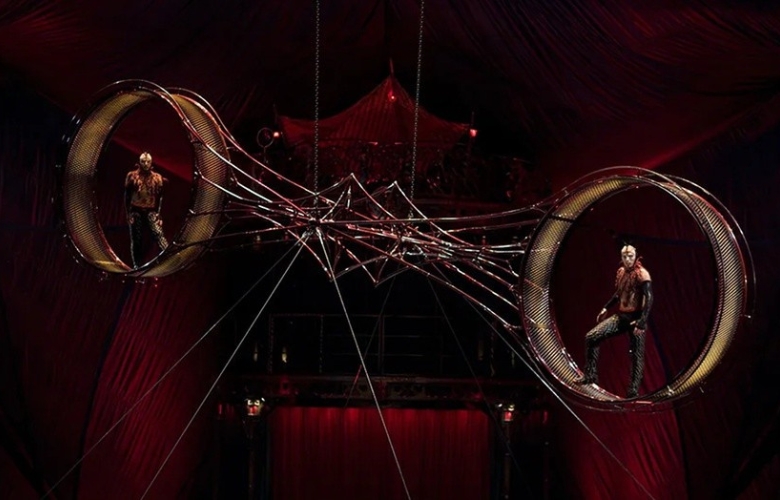
In this week’s edition, I’m continuing my discussion about show stops and emergency situations. Last week, I discussed how to assess risk so that we can mitigate events from happening, but when we do experience a show stop scenario, we have a foundational knowledge of what potential risks could happen and how to solve them.
Sometimes things don’t go according to plan and the show cannot go on due to an artist injury, a technical issue, or unforeseen circumstance that could be out of your control. Once we assess the risk, we can start to formulate the standard operating procedures that are expected in these events that could occur.
Stopping the Show
Although we’ve heard the saying “the show must go on,” there will be times when you must stop a show for a variety of reasons. The most common reason is for a technical malfunction and human error, but emergency situations can occur, perhaps with a performer onstage or with an audience member, and in rare cases, other factors that are completely out of our control such as weather. These are some steps you can take to ensure that stopping a show goes smoothly and safely.
Because safety is one of the most important aspects of being a Stage Manager in any context, knowing and understanding the production’s standard operating procedures is important for nurturing a safe environment.
What are Standard Operating Procedures?
Standard Operating Procedures are predetermined plans that layout the response and actions for each department and sometimes individuals when a technical issue occurs, and for emergency scenarios. Creating standard practices creates a clear and concise document that removes the thinking and offers a solution without needing to solve it in a heightened mental state, especially when our adrenaline is pumping.
Tips for creating Standard Operating Procedures
Some examples are:
Conclusion:
It’s important to keep safety as the top priority. Next week, I’ll be discussing more on how to stop the show with a focus on communication and breaking down specific steps we can take as Stage Managers to create an environment that everyone feels safe.
Touring Shows: An abridged summary of important points
Preparing for Hard Conversations


Bryan Runion is a professional Production Stage Manager whose credits include: Drawn to Life (Cirque du Soleil and Disney), Netflix’s Stranger Things: The Experience, Duel Reality (7 Fingers), La Perle (Dragone), The Voice of Tolerance (The Ministry of Education, UAE); Mastercard Experiences (Mastercard); Everybody Black (World Premiere), Queens (La Jolla Playhouse), Ken Ludwig’s The Gods of Comedy (The Old Globe), TEDx (Chula Vista), Mark Morris Dance Company, Joey Alexander Trio, Ukulele Orchestra of Great Britain (La Jolla Music Society), The Bridges of Madison County (Arkansas Rep). Bryan earn his M.F.A. at The University of California, San Diego and his B.A. at The University of Arkansas at Little Rock. He is a proud member of Actors’ Equity Association and The Stage Managers’ Association.
Read Full Profile© 2021 TheatreArtLife. All rights reserved.

Thank you so much for reading, but you have now reached your free article limit for this month.
Our contributors are currently writing more articles for you to enjoy.
To keep reading, all you have to do is become a subscriber and then you can read unlimited articles anytime.
Your investment will help us continue to ignite connections across the globe in live entertainment and build this community for industry professionals.